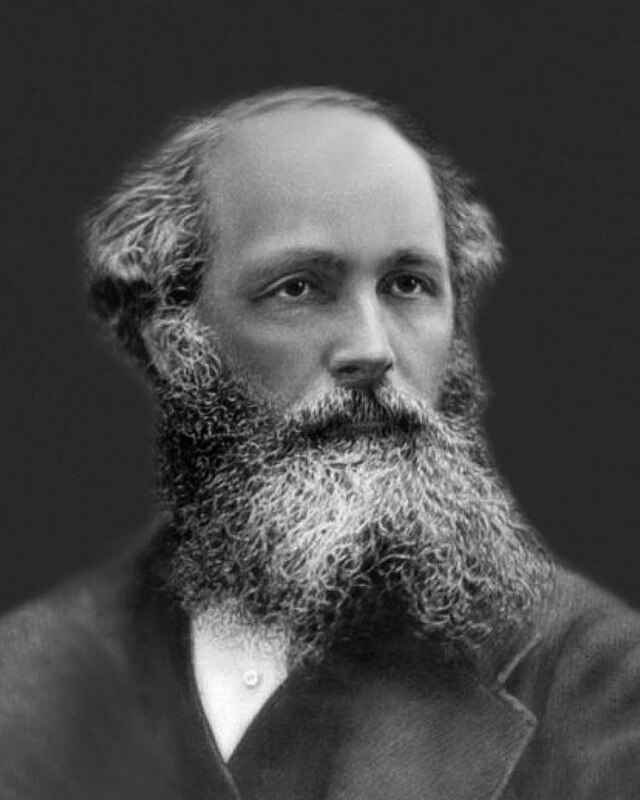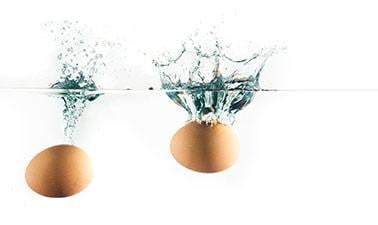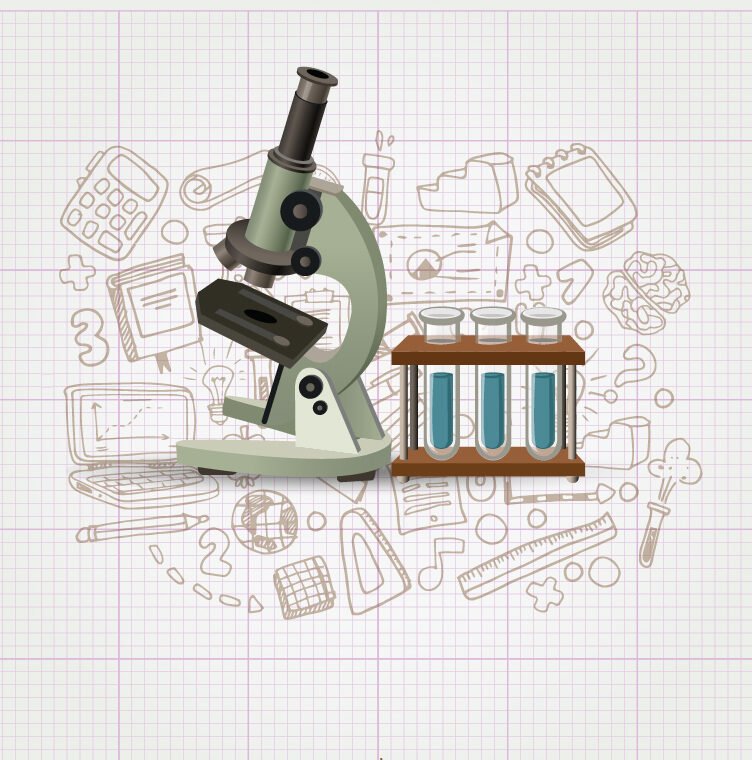The online capacitor simulations on this page allow us to understand how these components store and release electrical energy. We will discover the different types and observe their behavior in circuits, laying the groundwork for understanding their practical applications in modern electrical technologies.
What is an electric capacitor
An electric capacitor is a passive component in circuits capable of storing energy in the form of an electric field between its conductive plates separated by a dielectric material. Generally, it consists of two facing metal plates insulated by a non-conductive material, such as paper, ceramic, or plastic. Its main function is to accumulate electric charge and release it when the circuit requires it, allowing regulation of current flow and smoothing of variations in electrical systems. This basic concept is fundamental to understanding how capacitors behave in different types of circuits and applications.
How Does an Electric Capacitor Work?
The operation of an electric capacitor is based on its ability to store and release energy between its conductive plates separated by a dielectric material. In this section, we will explore how charging and discharging occur, how capacitance depends on geometry and dielectric, and how these factors influence the behavior of the capacitor within different electrical circuits. This understanding is essential for its proper application in electrical and electronic systems.
Charging and Discharging an Electric Capacitor
The charging and discharging of a capacitor describe how it accumulates energy when connected to a voltage source and how it releases it when disconnected. This process is fundamental to the operation of timers, filters, and other electrical circuits, and allows us to visualize the dynamic behavior of the capacitor in real-world situations.
Capacitance
Capacitance is the measure of a capacitor’s ability to store electric charge. It depends on factors such as the area of the plates, the distance between them, and the type of dielectric used. Understanding capacitance is essential for selecting the right capacitor for each application.
Dielectric
The dielectric is the insulating material that separates the plates of a capacitor. Its presence and properties directly affect the capacitance and performance of the capacitor, influencing how it behaves in different electrical circuits.
Types of Electric Capacitors
There are different types of electric capacitors, each designed to fulfill specific functions in circuits. Their classification depends on factors such as the dielectric material, construction method, and capacitance range. Knowing them allows you to select the most suitable capacitor for each application.
Ceramic Capacitors
Small and inexpensive, ceramic capacitors are ideal for high-frequency applications and circuits where stability and low inductance are required. They are commonly used in filters, coupling, and signal decoupling.
Electrolytic Capacitors
These capacitors offer high capacitance and are mainly used in power supplies, timers, and energy storage circuits. Their polarity must be respected, as connecting them in reverse can damage them.
Film and Other Types of Capacitors
Film, tantalum, and mica capacitors have special characteristics based on their construction and materials, allowing their use in specific applications such as audio circuits, precise timers, and high-voltage circuits.
Applications of Electric Capacitors
Electric capacitors are used in a wide variety of practical applications, from simple circuits to complex electrical systems. Their ability to store and release energy enables their use in signal filtering, timers, power supplies, motor starting circuits, and voltage stabilization, among other applications.
Filtering and Signal Stabilization
Capacitors eliminate noise and smooth out voltage variations in electronic circuits, ensuring stable and precise operation of sensitive devices.
Timers and Energy Storage
In timer circuits, capacitors control time intervals through charging and discharging. They also allow energy storage for release when needed, such as in camera flashes or motor starting.
Applications in Power Supplies
They are used in direct current power supplies to smooth the output, reducing fluctuations and ensuring a more stable voltage for electronic circuits.
Other Uses in Electronics and Technology
Capacitors are involved in oscillators, audio circuits, radio frequency systems, and many modern technological devices, demonstrating their importance in current electrical engineering.
Explore the exciting STEM world with our free, online simulations and accompanying companion courses! With them you'll be able to experience and learn hands-on. Take this opportunity to immerse yourself in virtual experiences while advancing your education - awaken your scientific curiosity and discover all that the STEM world has to offer!
Electric capacitor simulations
- Operation
- Lab I
- Properties
- Char-Dis
- Char-Dis II
- Dielectric
- Lab II
- AC RC
Operation of a capacitor
This simulation provides a simple and intuitive representation of how a capacitor works. It allows you to observe how charge accumulates on the plates and how parameters such as the area or the distance between them affect the capacitance. It is an ideal tool for becoming familiar with the basic concept of an electric capacitor before delving into more advanced phenomena.
Capacitor laboratory I
This simulation allows you to interactively explore how a capacitor charges and discharges, observing current and voltage in real time. By adjusting the voltage source and the capacitance value, you can better understand the relationship between charge, voltage, and stored energy, laying the foundations for understanding the operation of capacitors in different circuits.
File
Capacitor properties
This lab is designed to have students investigate the different changes that could be made to an air filled capacitor and the results that occur because of these changes. Students can calculate the capacitance by dividing the charge by the voltage. You will be looking at the charge and energy stored on a capacitor change as we change the properties of the capacitor and the voltage to which the capacitor was subjected. Don’t let the plates of the capacitor touch when the power supply is in operation.
When you are ready to start, click the “Begin” button.
Charging and discharging a capacitor
This simulation explores the charging and discharging characteristics of a capacitor in a circuit. It demonstrates how the voltage varies over time and highlights the role of the time constant (τ = RC), an essential concept for understanding the dynamic behaviour of electrical circuits. Thanks to its visual clarity, it is particularly useful for grasping how energy is stored and released in capacitors.
Charging and discharging a capacitor II
This simulation allows you to analyze the charging and discharging of a capacitor in a circuit in series with a resistor. You can change the value of the resistor, the capacitor, and the battery. It is also possible to remove the battery to discharge the capacitor through the resistor.
When you are ready to start, click the “Begin” button.
Dielectric of a capacitor
This simulation focuses on the effect of introducing different insulating materials between the plates. It allows you to see how the capacitance changes depending on the type of dielectric used, reinforcing the understanding of a key aspect in capacitor design. Although simple, it complements the others by showing the influence of the material on the storage of electrical energy.
Capacitor laboratory II
This simulation enables an in-depth exploration of how different variables affect the behaviour of a capacitor. You can modify the area of the plates, the distance between them, introduce different dielectric materials, and observe how the capacitance and stored energy change. Additionally, the simulation offers the possibility to analyse the effect of connecting several capacitors in series or in parallel, which is fundamental to understanding their real use in more complex electrical circuits.
Alternating current RC Circuit
In this simulation, we will analyze an RC circuit powered by an alternating current (AC) source. It will help us understand the difference between circuits powered by direct current (DC) and those powered by alternating current (AC). You can observe that simple changes in frequency cause variations in the potential difference across the components of an RC circuit. The value of the resistor, the value of the capacitor, and the frequency of the power source can all be adjusted.
Giants of science
“If I have seen further, it is by standing on the shoulders of giants”
Isaac Newton

James Clerk Maxwell
–

André-Marie Ampère
–
Become a giant


Principles of Modeling, Simulations, and Control for Electric Energy Systems



Principles of Electric Circuits | 电路原理



Electrotechnique I



Electromagnetic Compatibility Essentials



AP® Physics 1 – Part 1: Linear Motion



AP® Physics 2: Challenging Concepts



The Basics of Transport Phenomena



AP® Physics 1 – Part 2: Rotational Motion






























